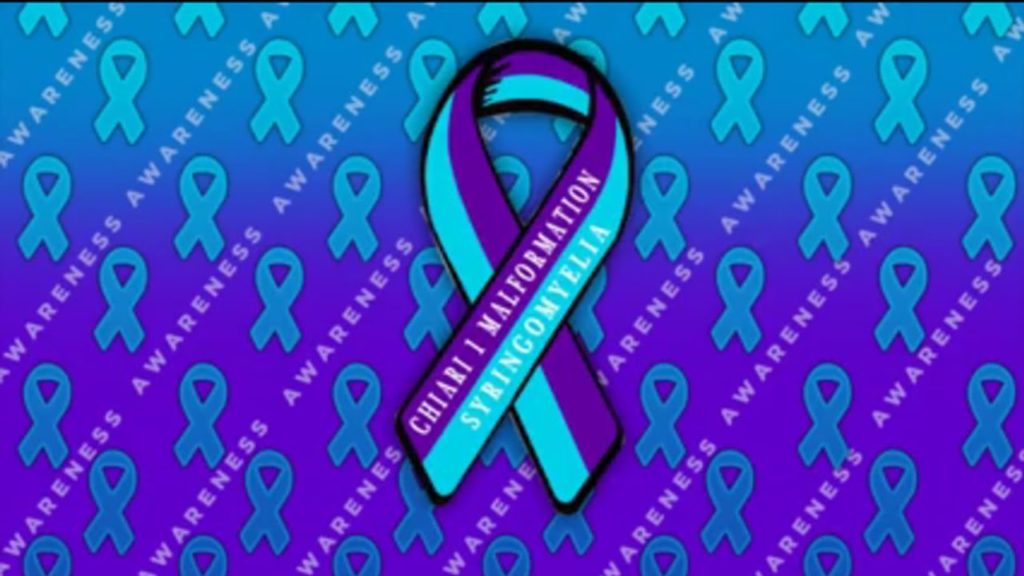
A new study revealed that a talk therapy practice conducted by telephone could help older adults who have arthritis-related insomnia sleep better. The study was published in the Journal of the American Geriatrics Society.
Why does this matter?
Insomnia is a difficulty in falling or staying asleep. It affects more than 14 million Americans aged 65 and older. It may lead to daytime problems such as tiredness or fatigue, poor concentration, and daytime sleepiness.
Osteoarthritis (OA) is the most common form of arthritis. It can cause or worsen sleep problems. Older adults may develop arthritis after years of wear and tear on their joints, often due to normal physical activity or past injuries. About half of Americans over the age of 65 have been told they have arthritis by their healthcare provider.
What is Cognitive Behavior Therapy?
Cognitive behavioral therapy (CBT) is a type of talk therapy. It can be a fast-acting, long-lasting treatment for insomnia in older adults. In fact, studies suggest that CBT is one of the most effective therapies for insomnia. During CBT sessions, you learn to develop new sleep habits and to identify and change any unhelpful sleep habits.
What the Researchers Learned from this Study
The researchers’ interest in this study was inspired by earlier studies that showed strong evidence that cognitive behavioral therapy is an effective treatment for insomnia. A growing body of evidence suggests that CBT is an especially successful treatment for insomnia that is related to arthritis discomfort.
However, CBT treatment typically requires weekly visits to a therapist’s office, often over several months. For older adults who have insomnia and arthritis, attending therapy sessions in person can be difficult or even impossible.
In this new study, researchers showed that having brief CBT sessions over the telephone was effective for improving arthritis-related insomnia and fatigue over 12 months. They said that the results of their trial showed that telephone CBT reduced the clinical and financial burdens of in-person, arthritis-related CBT insomnia treatment.
Research has shown that telephone CBT can also successfully treat smoking cessation and depression. These results have prompted some health insurance providers to cover CBT phone treatment for certain conditions.
How the Researchers Conducted this Study
The researchers recruited 325 adults aged 60 and over who had moderate to severe insomnia and arthritis pain. The participants were randomly selected to receive one of two treatments. One group received six CBT telephone sessions each week for eight weeks. These participants received coaching on sleep restriction, sleep hygiene, and learned how to restructure their sleep behavior. Participants also got homework assignments to perform.
Participants in the second treatment group received information about sleep and arthritis but did not receive any CBT sleep coaching. Both groups kept sleep diaries.
The researchers collected information on how the participants rated their general health and quality of life according to standard questionnaires. The participants ranked their insomnia status as well as their arthritis pain, stiffness, and ability to function.
After the sessions ended, the researchers said that the people in the CBT group showed improvements in sleeplessness and pain compared to those in the education-only group. They estimated that the cost for the CBT sessions was about $200 per person.
Study Limitations
According to the researchers, no studies exist to show whether CBT for arthritis-related insomnia is a cost-effective treatment. Experts say that there is a strong need for further study in this area. The researchers suggest that further study will help insurers and health care providers decide upon the best treatment decisions and evaluate the cost-effectiveness of CBT telephone treatment for arthritis-related insomnia.
What this Study Means for You
The researchers concluded that phone-delivered CBT significantly improved sleeplessness and pain without increasing total healthcare costs. The researchers said that their findings should encourage healthcare practitioners to consider telephone CBT treatment of insomnia for older adults who also have arthritis.



